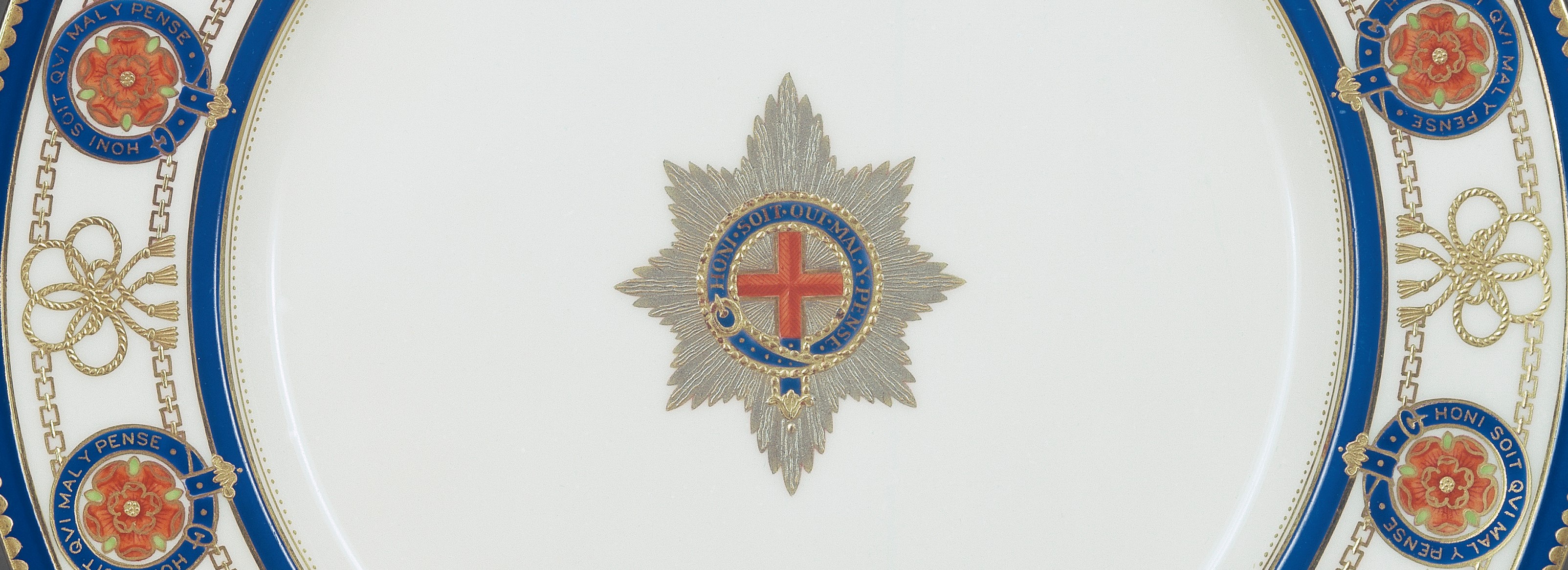
A Celebration of Platinum
Works of art in the Royal Collection that use the precious metal
Platinum used by Fabergé
Two of the Imperial Eggs made by Carl Fabergé in the Royal Collection use platinum. The Colonnade Egg, presented by the Emperor Nicolas II to his wife the Empress Alexandra at Easter 1910, includes a pair of doves made of platinum underneath the canopy of the colonnade. Included to signify their loving relationship, the doves curve their bodies towards each other. Four years later, the Emperor presented his wife with the Mosaic Egg (below), a masterpiece of gemstone setting.
Tiny, individually-cut diamonds, rubies, emeralds, topaz, quartz, sapphires, garnets, pearls and moonstones are individually set into a filigree gold and platinum mesh, each calibrated to fit the curvature of the egg. This egg measures just over 9cm tall and its design was inspired by the even stitches of fine needlework.
Smaller works of art by Fabergé also included platinum in the finest form. This dormouse (below), part of a larger commission of the agricultural and wild animals found on the royal estate at Sandringham in Norfolk, includes platinum whiskers to contrast with the rich gold of the straws he holds in his mouth.
Other Fabergé works concerned with the natural world focused on plant and tree specimens. This starkly observed branch of a pine tree (below) relies on platinum for its trunk. Strong, resistant to tarnish, and able in this instance to be bent into the sudden changes in direction of a Japanese pine tree, the work is part of the original contents of Queen Mary’s Dolls’ House. The platinum trunk was gilded and the cones added in wire with diamond details. At 8cm tall its scale means it appears as a large bonsai-sized tree.







